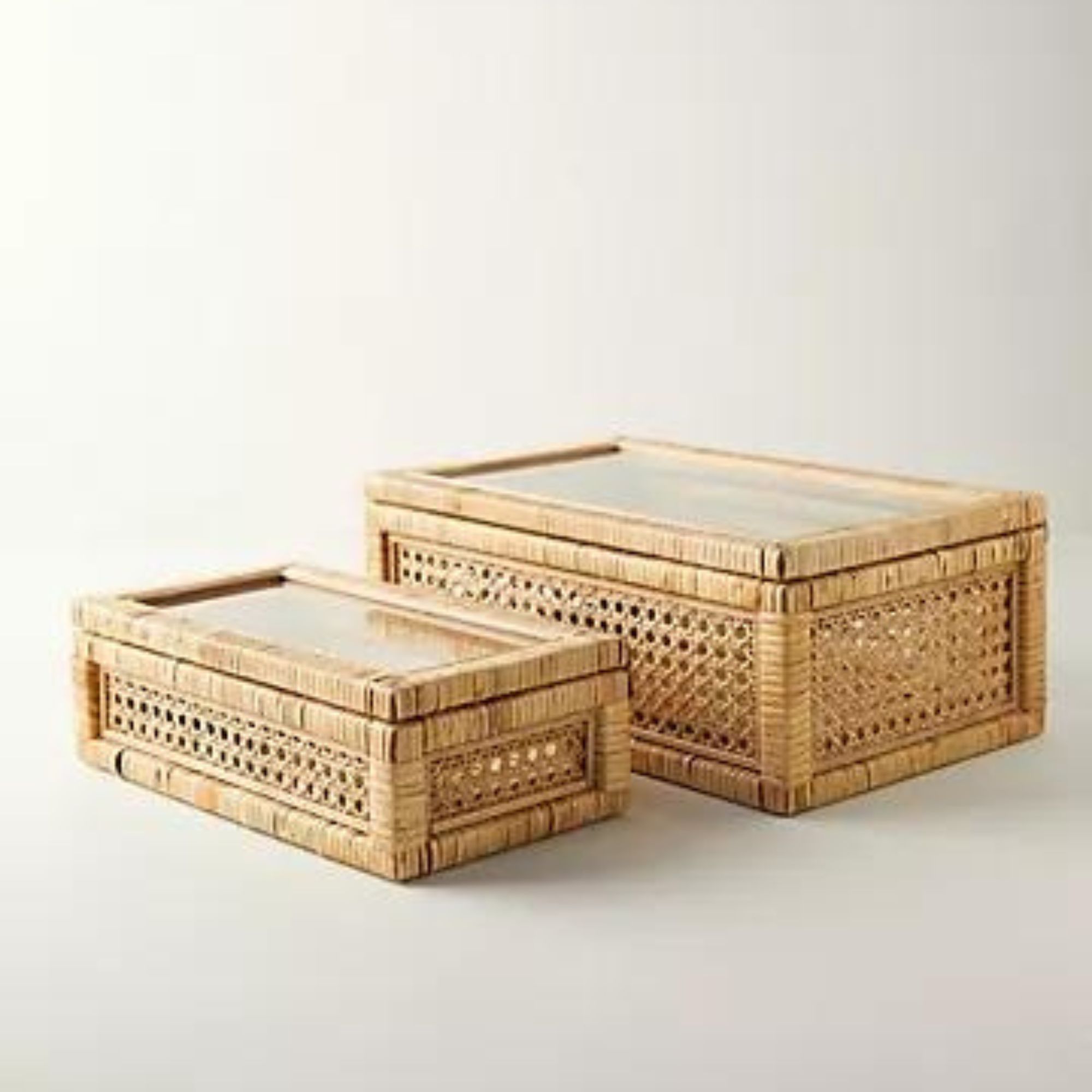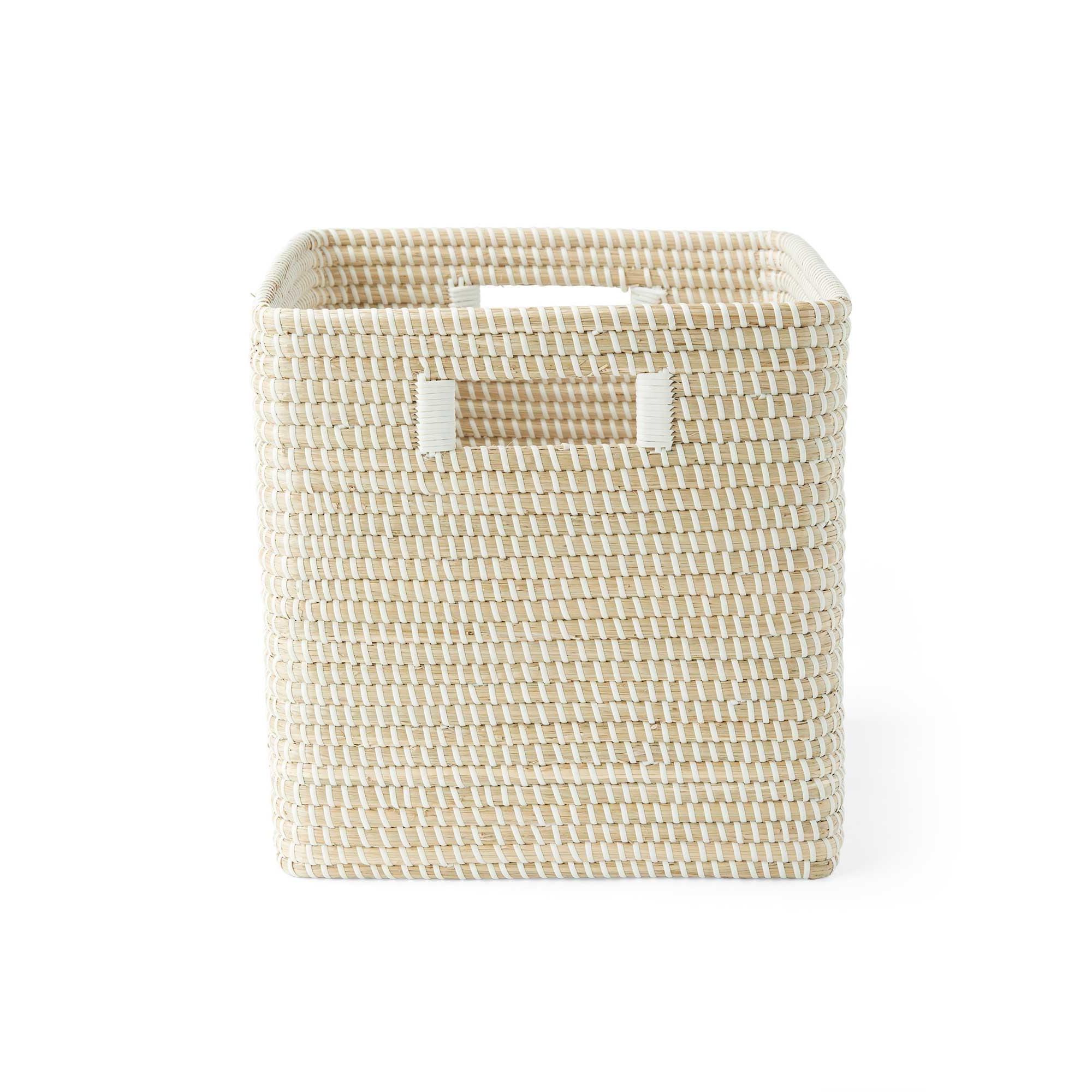I've organized hundreds of homes – these are the 3 mistakes every household makes
Are you starting to declutter and organize your home? If so, avoid these three mistakes I see most commonly with clients
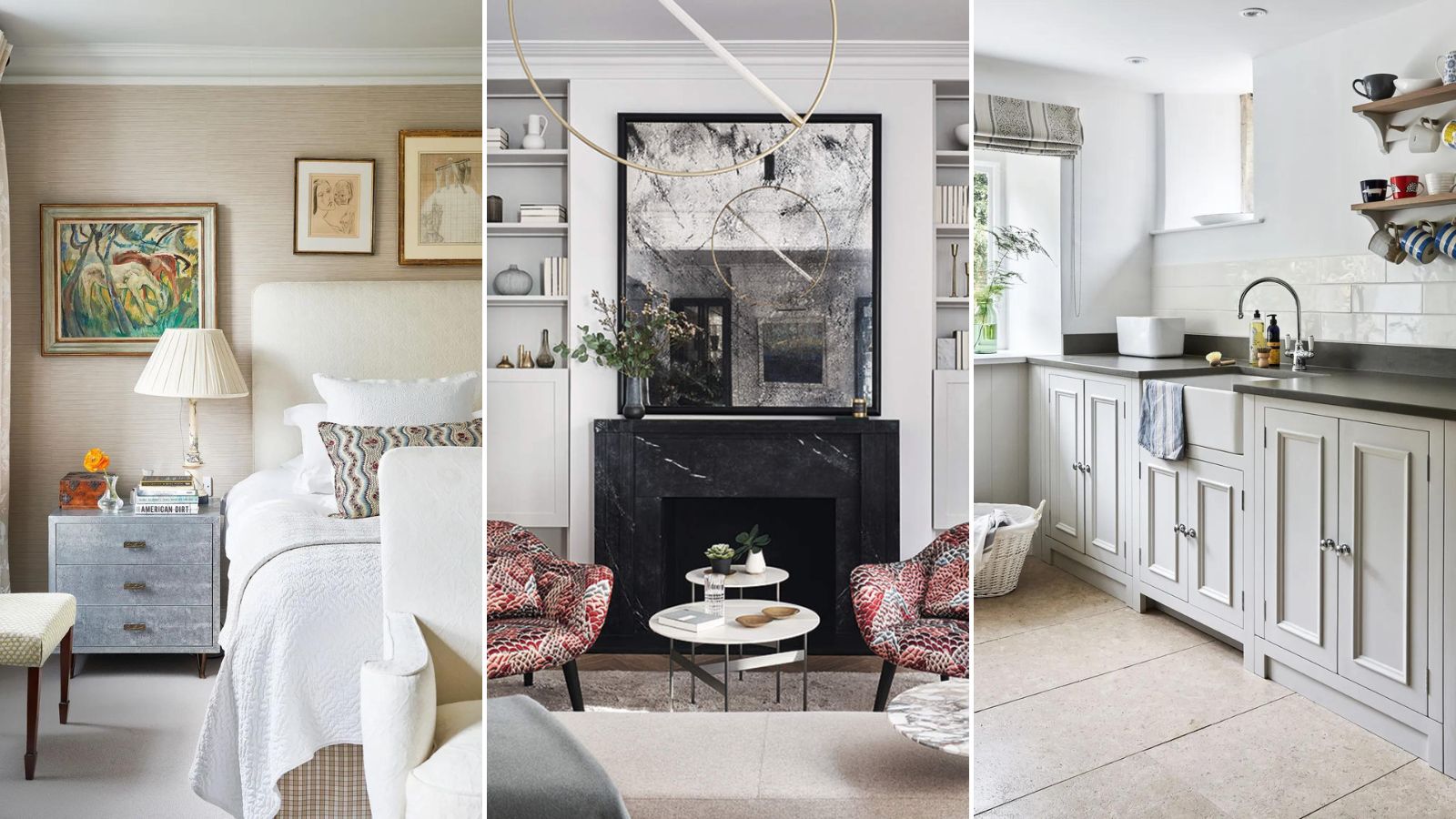

In my career as a professional home organizer, I’ve worked with many clients through the years, in all different stages of organizing.
Some clients need help in the early stages of decluttering, while others think they are in good shape and want a professional to help them finesse their spaces.
But no matter what stage a client is at, I find they almost always neglect one of these three key factors when organizing their homes:
1. Creating flexible organizational systems

When you finally get around to organizing, it’s easy to go overboard by creating rigid systems using specific bins and detailed labels. This is mistake number one. Instead, you want to create a flexible organizational system that will evolve with you as your needs change.
One way to ensure flexibility in your organization system is to purchase readily available products that are not often changed or discontinued. Avoid buying organizing products in the clearance section or at discount stores, and instead, buy them at stores you know will carry the same products for at least a few years. If you need more bins that coordinate, you will easily be able to find them.
Along those lines, purchase generic bins that you can move from room to room for various purposes. I tend to purchase two to three different bin designs that work with the home’s style and can be mixed and matched for different needs.
Finally, ensure flexible organizational systems using board categories on your written labels. Narrow categories may make you feel more organized initially, but they don’t offer the flexibility the average household needs and will quickly become outdated. For example, instead of creating a label for shampoo/conditioner, consider a broader label for hair products or toiletries. I recommend getting your hands on a label marker, like the Phomemo D30 Label Printer from Amazon, to make this process easier.
Design expertise in your inbox – from inspiring decorating ideas and beautiful celebrity homes to practical gardening advice and shopping round-ups.
2. Considering the daily flow of items
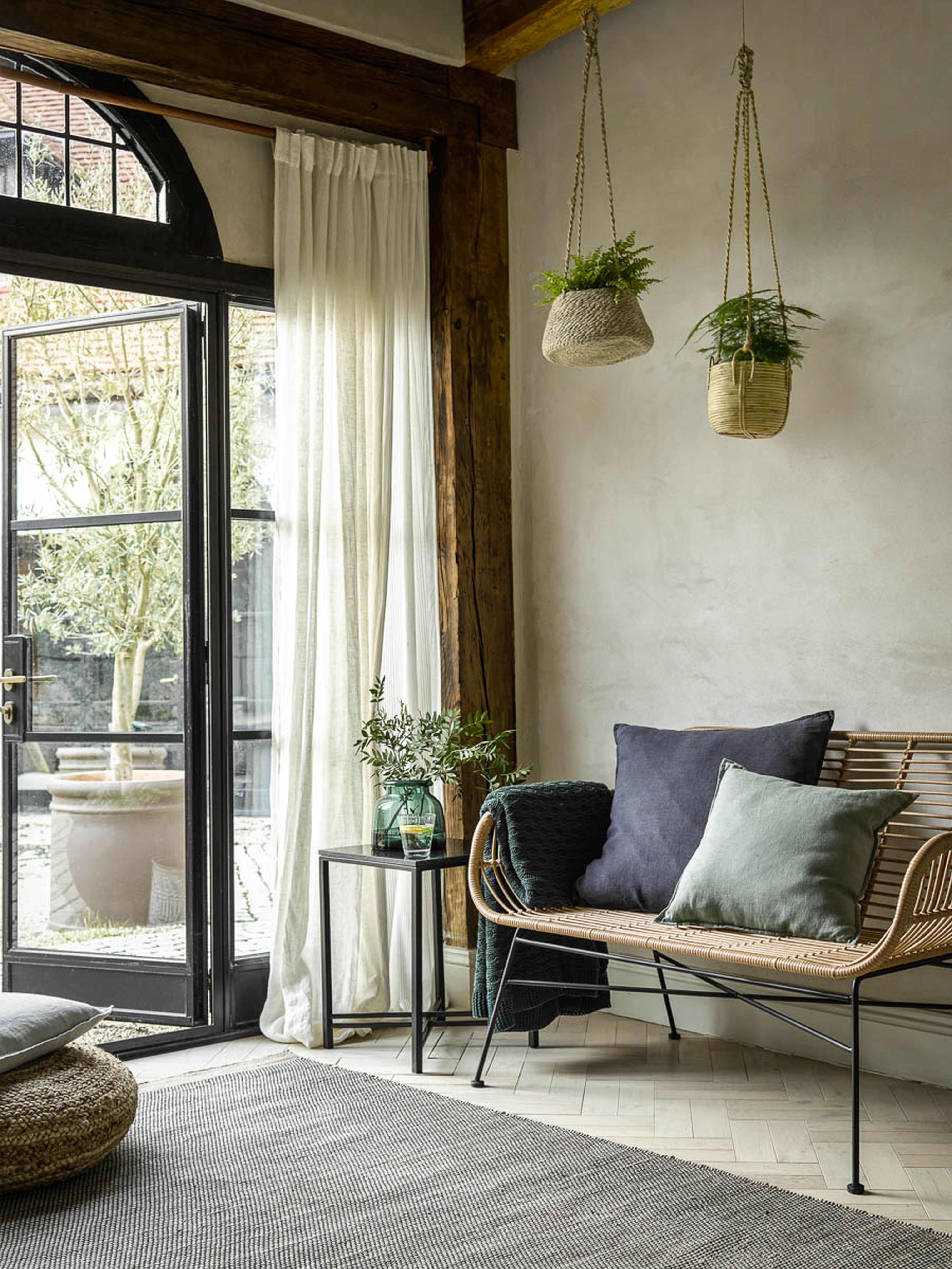
When people learn that I am a professional organizer, they love to tell me about the vast overhauls they’ve done in their homes. They are thrilled by decluttering so much or having a beautifully organized pantry. I’m thrilled for them, too! These changes are a big deal.
However, I rarely hear people brag about how they manage the daily flow of items in their homes. When you are organizing, don’t stop at decluttering and organizing what you currently have. Create systems to wrangle all the new things that flow in and out of our homes daily.
My favorite way to handle things coming in and out is to create drop zones. Most people think of a drop zone as a singular area to put things when you come home, but I recommend many drop zones. The central drop zone is where you place your keys, purse/wallet, sunglasses, etc., when you come in from work or daily errands. You can also use this space to hold things you want to remember to take with you when you leave the house.
Don’t stop there! Think about other drop zones or stations you can create in your home to help organize things that are used most often. For example, you may need to contain lunch bags, sports equipment, school bags, mail, sunscreen, beach items, etc.
In addition to drop zones, I also recommend creating a space for in-progress items or projects. These things close at hand, but you don’t want to clutter a kitchen counter or desk. Examples include field trip forms, gifts to be wrapped, store returns, clothes to be mended, etc.
3. Keeping things you don’t need

No matter how thoroughly you think you’ve decluttered your home, I guarantee you there are items you won’t use or enjoy this year. It’s hard to get rid of things, and two categories are especially difficult for my clients.
The first is items they keep just in case they need them in the future. These items can be anything from clothing to kitchen accessories to tools. It feels harmless to keep an item on the off-chance you’ll use it again, but that decision adds up to a lot of clutter over your entire house. If a “just in case” item is easily replaceable, I encourage my clients to get rid of it. If it’s expensive or difficult to find, I ask them about the scenarios in which they would use it. Sometimes, this thought process gives them the confidence to let it go, while other times, they decide to keep it for three or six months and part with it then if they haven’t used it.
The second category of items that is hard to declutter is those you want to keep to give to others. This is when you have to be brutally honest with yourself. Does the other person want the item you are saving for them? Or do you want to give the item to the person to avoid having to donate or discard it yourself? The truth can be painful sometimes, but certainly, you don’t want to pass off an item to someone else if they don’t like it. It will become their burden, and I don’t believe that is your intention.
If you’ve decluttered your home and have any just-in-case items or items you are saving for others, I challenge you to go through your items again with fresh eyes and see if you can part with anything else.
Get rid of the organization staples experts actually hate to make your systems easier to manage, too and learn the things you can do daily to be more organized.
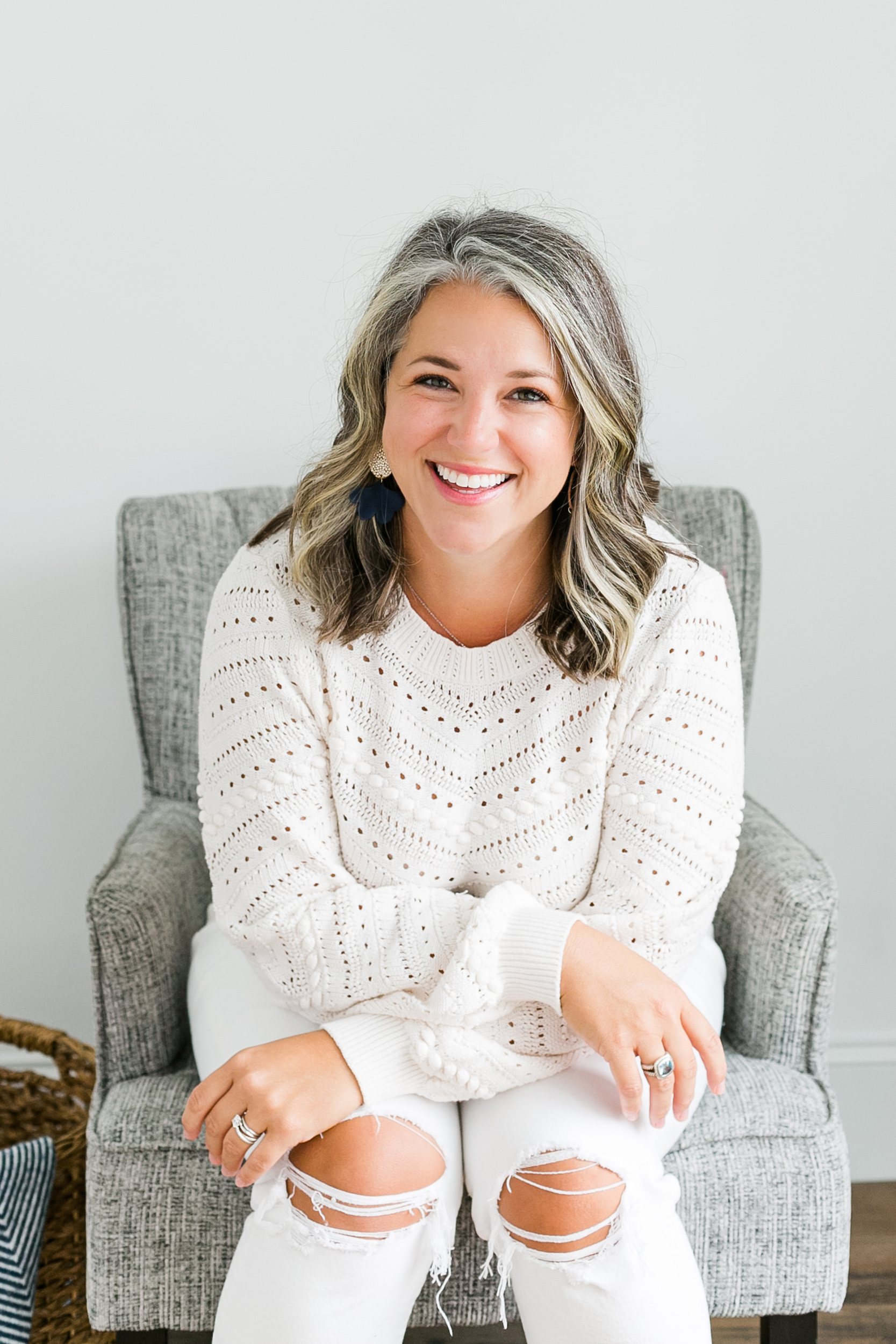
Caroline Roberts, a certified KonMari Consultant and professional organizer, founded the organizing agency The Simplified Island in 2019. Caroline believes being organized goes much deeper than pretty bins and can be life-changing. She recognized her organizing and streamlining skills were unique as she ran her marketing agency, Coastal Connections Marketing, and raised her two sons.

